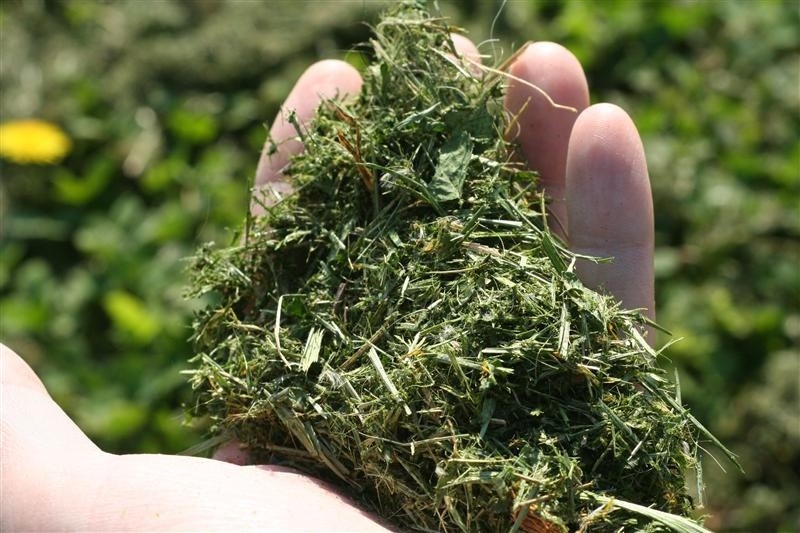Simple survival shelters that you can build yourself
11/12/2018 / By Zoey Sky

Knowing how to build a shelter is a vital skill to have, especially if you often go on outdoor trips. When SHTF and you lose your gear and supplies, you will need to build a shelter using whatever’s lying around in the wild. (ht/ to PreppersWill.com.)
Survival experts follow the “Rule of Threes,” which states that humans die after:
- Three minutes without air,
- Three days without water,
- Three weeks without food, or
- Three hours without shelter (in a harsh environment).
Being exposed to the elements for a long time may cause various health risks. Without shelter, cold, heat, rain, snow, or UV rays can be bad for your health.
Plan ahead and learn how to build six different kinds of shelter.
Basic teepee
- To build a teepee, find a thin, sturdy tree or a long pole that you can secure in the ground.
- Next, look for some long, straight branches. You’ll need enough branches to circle the pole with.
- Lean the branches against the pole to form a cone with empty space in the middle.
- Using cordage or vines, secure the tops of the branches. Add material for insulation like leaves or moss to retain heat in the teepee.
Debris hut
- To build a debris hut, you’ll need two sticks that stretch several inches beyond the length of your shoulders and a third stick that’s taller than you.
- Start by sticking the two short sticks into the ground and leaning them against each other to form a triangle.
- Place one end of the long stick on top of the two “triangle sticks,” then place the other end on the ground at least six feet away.
- Gather as many branches or sticks as you can, then lean them up against the longest stick. Form a wooden pyramid, and leave just enough room for your body in the space inside the structure.
- The “debris” in a debris hut refers to the sticks used for the skeleton of the structure and the leaves and grass that you need for insulation.
Small debris huts may seem claustrophobic, but they’re just the right size for sealing in your body heat.
Lean-to
The lean-to is one of the most well-known kinds of survival shelter.
- To build a lean-to, you will need two trees that are close together.
- Next, find a thick stick that you can wedge between the trees. If you can’t find trees or a stick of the right size, hammer two sticks into the ground then secure the third stick between them.
- Find some cordage so you can tie the main pole to the supports and prevent the lean-to from collapsing. Lean several sticks against the pole. The lean-to should look like half of a roof once you’re done.
- Fill in the gaps between the sticks with leaves, moss, twigs, and other materials that can act as insulation.
The lean-to is open on one side and it only retains minimal heat, but it offers basic protection against the elements.
Quinzhee
If you get trapped on a snowy mountain, knowing how to build a quinzhee may save your life. Like an igloo, a quinzhee is also made from snow.
However, an igloo is built from bricks made of ice while a quinzhee is made from fallen, settled snow. Before you build a quinzhee, destroy any natural drifts or rifts in the snow and build on a flat area.
- To build a quinzhee, pile up your supplies over a flat area that’s larger than your body.
- Next, pile snow around your supplies and pack it down. The snow should be about 30 inches thick, with the same thickness all the way around the shelter.
- The quinzhee won’t collapse if you pack the snow evenly and smoothly. Carefully dig your way into the side and to your supplies, then slowly remove your gear from the structure.
- You can now take shelter in the “snow cave” you’ve created. Create a small hole on top of the quinzhee so air can circulate in the structure.
Tarp tent
Always includes a sturdy tarp and cordage in your survival gear so you can easily build a survival shelter.
- Find a way to prop the tarp over yourself and secure it with cordage so it stays in place.
- If you don’t have rope, wedge a sturdy stick between two trees so you can drape the tarp over it. (Related: How to make a formidable temporary shelter when SHTF.)
You can make some of the other structures included in this list if you have a tarp. Instead of sticks or leaves, place the tarp on top of the basic support. Secure it with heavy rocks or logs so it doesn’t get blown
Natural shelter
This last shelter may require some luck and a sharp pair of eyes. You don’t have to build everything yourself, especially if natural shelter offers a sturdy foundation for your survival structure.
Look for caves, cliff walls, large leaning trees, or other kinds of natural walls or enclosures so you don’t have to spend too much time building a shelter. On average, an entirely self-built structure can last for one or two nights. But if you’re lost somewhere for several days, you’ll need a more solid structure.
When setting up a survival shelter, regardless of the type you decide to build, consider other crucial factors like access to freshwater and proximity to edible plants.
Always plan ahead and learn how to make different kinds of shelter so you can survive when SHTF.
You can learn more about prepping and how to build sturdy survival shelters at Preparedness.news.
Sources include:
Tagged Under: bug out, bugging out, Collapse, debris hut, disaster, emergencies, emergency preparedness, Homestead, homesteading, how-to, lean-to, off grid, preparedness, preparedness and survival, prepper, prepping, prepping tips, quinzhee, Rule of threes, shelters. tarp, SHTF, survival, survival shelters, survival skills, Survival Tips, survivalist, teepee, tents


















